One position as Research Assistant (1/2 time, up to 31.10.2018) is available for work on the project Database and Dictionary of Greek Loanwords in Coptic (DDGLC). The DDGLC project is a long-term project funded by the Deutsche Forschungsgemeinschaft and hosted by the Free University of Berlin. The project aims at a systematic, comprehensive and detailed lexicographical compilation and description of Greek loanwords as attested in the entire Coptic corpus through all dialects and sorts of text. Its intended outcome shall be the production of an online database and in a printed dictionary. For further particulars about the DDGLC project please follow this link.
Applicants should have a degree (B.A. hons. or M.A.) in Classical Studies, Coptology, Early Christian Studies, Egyptology, Linguistics, or related disciplines. Good skills in Coptic and a sound knowledge of Greek are preconditions. Previous experience in linguistics and digital Humanities would be an advantage. Applicants will be expected to have the intention to work on a PhD in the field of Coptic philology or linguistics.
The posts, which are fixed term contracts, are available from 1 February 2016 until 31 October 2018, with a possibility of renewal. Salary is within grade E13 according to the German collective labour agreement for the public service (TV-L).
Applicants are required to submit a CV, certificates of academic degrees, and a cover letter outlining the applicant’s research interests, academic background and suitability for the role, and giving the full contact details of two referees, on paper to:
Freie Universität Berlin,
Fachbereich Geschichts-und Kulturwissenschaften
Altertumswissenschaften
Ägyptologisches Seminar
Herrn Prof. Dr. Tonio Sebastian Richter
Fabeckstr. 23-25
14195 Berlin
Germany
or as an electronic file to sebastian.richter@fu-berlin.de
All applications quoting the reference code (DDGLC-2/2015) should be addressed no later than December 7th, 2015.










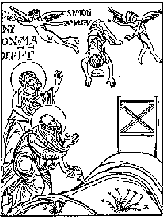




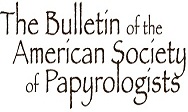
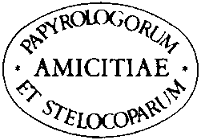
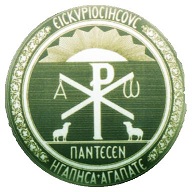





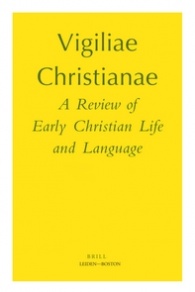






Reblogged this on Talmidimblogging.
This is only tangentially related to Coptic and Berlin, by way of the “Jesus Wife fragment”–an opportunity to check its provenance and a note on the science.
1) The manuscript owner, who asked to remain anonymous, reportedly provided Prof. Karen King with scans of a bill of sale dated Nov. 12, 1999; a handwritten, unsigned, undated note mentioning a Prof. Fecht; and a letter dated July 15, 1982 and signed by Peter Munro, as she described in Harvard Theological Review 107.2 (April, 2014) 131-159, especially 153-4.
Peter Munro taught at the Free University, Berlin, starting in 1981. Gerhard Fecht also taught there. See “Tentative Chronology on ‘Jesus Wife’ Fragment” here:
http://ntweblog.blogspot.com/2014/04/tentative-chronology-on-coptic-jesus.html
Corrections are welcome; there may soon be a need for additions.
Dr. Christian E. Loeben studied with both Munro and Fecht in Berlin and also dug with Munro in Egypt. Peter Munro had previously been Director of the Museum August Kestner in Hannover, Germany. Now, Dr. Loeben is curator of the Egyptian and Islamic collections at that museum, where Peter Munro’s papers are archived. Dr. Loeben wrote an obituary of Munro, available here:
Click to access Nachruf_Munro_englisch.pdf
Dr. Loeben has very kindly offered to compare contemporary (including 1980s) archived documents of Munro, whose signature he knows well, with the content and signature of the offered provenance documents. I sent Dr. Loeben’s contact information to Prof. King, in hope that the owner’s provenance claims be researched.
2) Without attempting to review all the voluminous, sometimes helpful, sometimes unreliable, reporting about this Coptic fragment, it may be worth noting that some reporters have apparently not read the article on the science involved by Myriam Krutzsch and Ira Rabin, “Material Criteria and their Clues for Dating,” New Testament Studies 61.3 (July 2015) 356-67. The main scientific finding so far is the C14 dating of the papyrus to several centuries later than Prof. King had proposed; the papyrus material, accordingly, is medieval, not ancient. Contrary to some unreliable reports, tests so far published on the ink have not dated the ink, though they found no evidence of compounds available only in modern times. But, without comparing oil lamp soot carbon ink recently made–using traditional methods–such tests are of limited value. Surely this is not a case of ancient ink on a medieval papyrus surface.